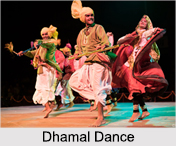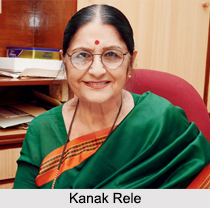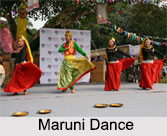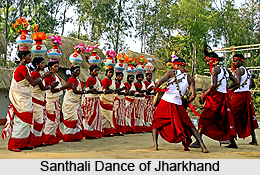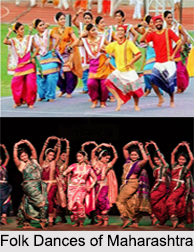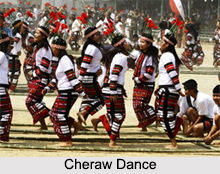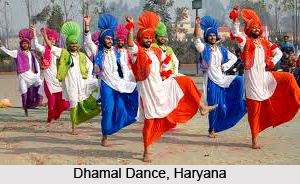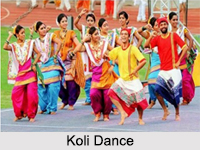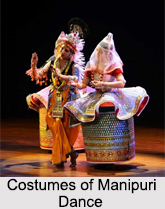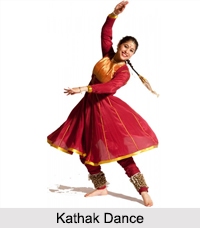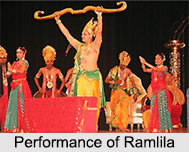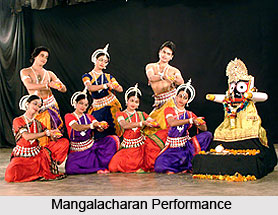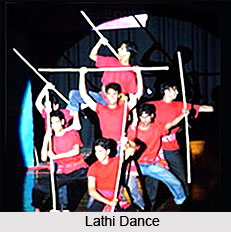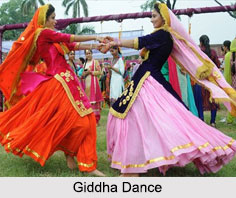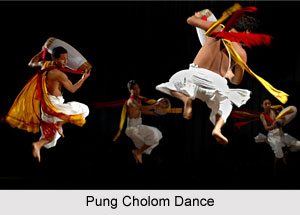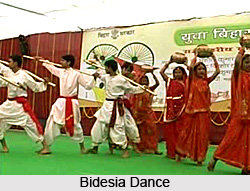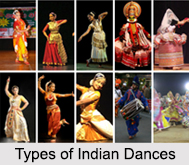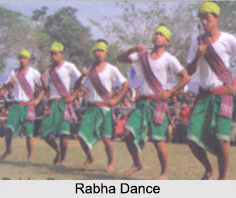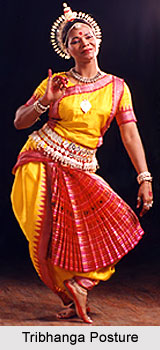 Tribhanga is a standing body stance or position used in the conventional Indian sculptor, art and Indian classical dance forms like Odissi. Tribhanga, as compared to contrapposto pose, literally meaning three parts break, consists of three bends in the body; at the neck, waist and knee, hence the body is oppositely curved at waist and neck which gives it a gentle "S" shape and is considered the most graceful and sensual of the Odissi positions. It is closely associated with Lord Krishna, the Hindu mythology, who is often portrayed in the posture.
Tribhanga is a standing body stance or position used in the conventional Indian sculptor, art and Indian classical dance forms like Odissi. Tribhanga, as compared to contrapposto pose, literally meaning three parts break, consists of three bends in the body; at the neck, waist and knee, hence the body is oppositely curved at waist and neck which gives it a gentle "S" shape and is considered the most graceful and sensual of the Odissi positions. It is closely associated with Lord Krishna, the Hindu mythology, who is often portrayed in the posture.
Indian classical dance form - Odissi- is often characterized by numerous stance or Bhangas that involves striking various postures, stamping of the foot as observed in Indian sculptures. They are four in number namely Bhanga, Abanga, Atibhanga and Tribhanga being the most common of all. In Sanskrit language the term Tribhanga means three Bhanga.
Tribhanga pose in Sculptures
Just like any other pose that are used in case of conventional Indian dance, Odissi, Bharatnatyam and Kathak, Tribhangi or Tribhanga can be found in Indian sculpture as well. Conventionally the Yakshi is shown with her hand touching a tree branch, and a sinuous pose, tribhanga pose, as is Salabhanjika, whose examples dating 12 century CE can be found in the Hoysala Crest of Belur, in south-central Karnataka and the Khajuraho temples built around 9th century CE, where Lord Vishnu is depicted at various places in this position which commonly reserved for Krishna, playing the flute. Agamic texts imply that Lord Shiva sculptures are to be made in tribhanga posture facing the east as seen in the temple dating 8th-12th centuries AD.
Near Visakhapatnam, at Simhachalam Varaha Lakshminarasimha Temple, the fundamental deity, the lion-man incarnation of Lord Mahavishnu is in the tribhanga position. In the back it carries the inscription of Chola Dynasty from the Chola King Kuloththunga dating back to 1098 CE. Same posture is found in Tirumala Rama Idol at the popular Tirumala Venkateswara Temple, Andhra Pradesh.
